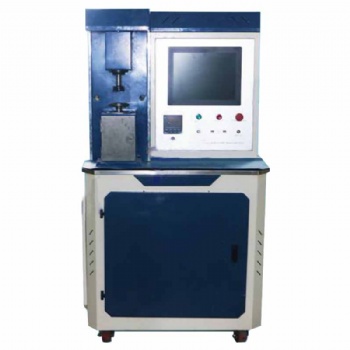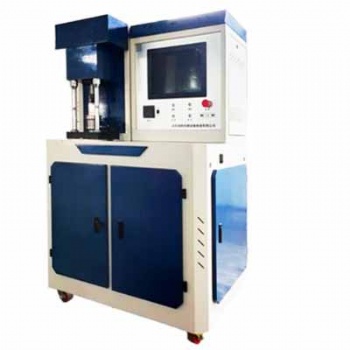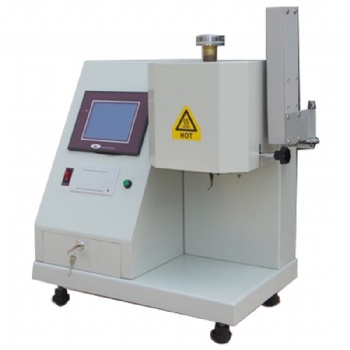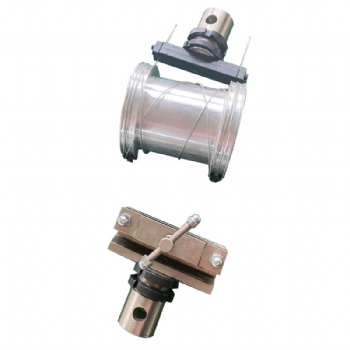News
Comprehensive Guide to Protective Film Peel Force Testing: Understanding Peel Strength and Adhesion
Comprehensive Guide to Protective Film Peel Force Testing: Understanding Peel Strength and Adhesion
When it comes to testing protective films, understanding the peel force and adhesion strength is crucial for ensuring the quality and durability of these materials. Whether for industrial or consumer applications, protective films need to provide optimal bonding strength without compromising on ease of removal. This is where Protective Film Peel Force Testing comes into play. In this blog, we will explore everything you need to know about Peel Strength of Protective Films, Film Adhesion Testing, and related topics using standard methods and the right equipment.
What is Peel Force Testing?
Peel force is the amount of force required to remove a protective film from a substrate, like a surface of glass, metal, or plastic. It measures the adhesive strength of films and the material’s ability to withstand forces that could potentially cause it to separate. This test is essential for understanding the peel resistance of protective films and ensuring that the film performs as intended.
Peel force measurement can help manufacturers determine whether a film will hold up during application or whether it will be too easy to peel off unintentionally. Moreover, peel force testing is essential for applications where films need to stay securely attached for an extended period or where films must be removed cleanly without leaving residues or damaging the underlying surface.
The Importance of Peel Strength in Protective Films
Peel strength of protective films directly impacts their functionality. Films with high peel resistance can effectively protect surfaces from dust, scratches, and other environmental factors without being prone to peeling off too early. On the other hand, films with low peel strength may not offer adequate protection or could become detached prematurely, leading to surface damage or an ineffective protective layer.
Testing for peel strength measurement involves evaluating how much force it takes to peel the film from its substrate. This is typically done using a peel strength testing machine that applies force in a controlled manner, ensuring accurate and repeatable results.
Types of Peel Force Tensile Testing Machines
There are several methods to perform peel strength testing. The most common technique is the Peel Force Tensile Tester, which measures the force required to separate the film from the surface. These machines are equipped with precise load cells that monitor the force applied during testing, ensuring accurate adhesion testing for films.
The peel force tensile tester is designed to handle various types of films, including those with different adhesive coatings. These machines can be used for testing film separation force, providing data on the force necessary for clean removal. Moreover, many modern testers are equipped with digital displays and software that help in analyzing results and comparing different films or adhesive materials.
Key Standards for Peel Strength Testing
Various international standards govern peel test procedures to ensure the reliability and consistency of results. Among these, the ASTM D3330 and ISO 8510 are commonly referenced for film adhesion tests:
ASTM D3330: This standard focuses on peel strength measurement for pressure-sensitive adhesive-backed films. It outlines the procedure for determining the force required to peel the film from a substrate at a specified angle.
ISO 8510: This standard is an international guideline for conducting peel tests, specifically for protective coatings peel tests. It defines the methods and conditions under which peel strength measurement equipment should be used for accurate results.
By adhering to these standards, manufacturers ensure that their products meet quality and performance expectations, particularly in industries where the strength and reliability of protective films are crucial.
Film Adhesion Properties: Factors to Consider
The adhesive bond strength of films is influenced by several factors, including:
Type of adhesive: The type of adhesive used in the protective film determines how strongly it bonds to the surface.
Surface preparation: Proper cleaning and priming of the substrate can enhance adhesion and increase peel force.
Environmental conditions: Exposure to moisture, temperature changes, and UV light can impact the adhesion strength of films over time.
Additionally, film and adhesive compatibility plays a significant role. Some films may not bond well to certain substrates, resulting in low peel strength. Testing allows manufacturers to optimize adhesive formulations and ensure compatibility with the intended surfaces.
Applications of Protective Film Peel Force Testing
Electronics: Protective films are widely used in electronic devices such as smartphones and screens. Ensuring that the film adheres properly and is easy to peel without leaving residue is essential for maintaining the product’s aesthetic and functionality.
Automotive: In automotive applications, protective films shield surfaces from scratches and damage during manufacturing and transport. Peel strength testing ensures that the film provides adequate protection and can be easily removed without causing harm to the paintwork.
Packaging: In the packaging industry, especially for sensitive materials, peel tests help ensure that protective films adhere properly during transport but are easy to remove at the point of use.
Conclusion
Protective film peel force testing is an essential process in evaluating the adhesive strength of films and ensuring their performance across various applications. Whether you're testing peel resistance of protective films, determining film release force, or assessing the bond strength of adhesive films, using the right peel strength testing machine is critical. Adhering to standards like ASTM D3330 and ISO 8510 ensures that the results are accurate and reliable, helping manufacturers deliver high-quality products that meet both consumer and industrial needs.
With advanced testing equipment, companies can confidently evaluate film adhesion properties and enhance their products’ functionality, performance, and durability. Whether you're dealing with protective coatings, adhesive films, or any other material, proper peel strength testing is a cornerstone of product development and quality control.
For precise, reliable results, invest in a top-tier peel force tensile tester and ensure your products stand up to industry standards.
600kn digital comrpession testing machine, computer control impact tester, 100 ton tension stress testing system, thickness measure meter of ceramic tiles
Categories
Contact Us
- +86-18615632092
- wtbequipment@hotmail.com
- sophie-tester
- +86-18615632092




 售前客服
售前客服